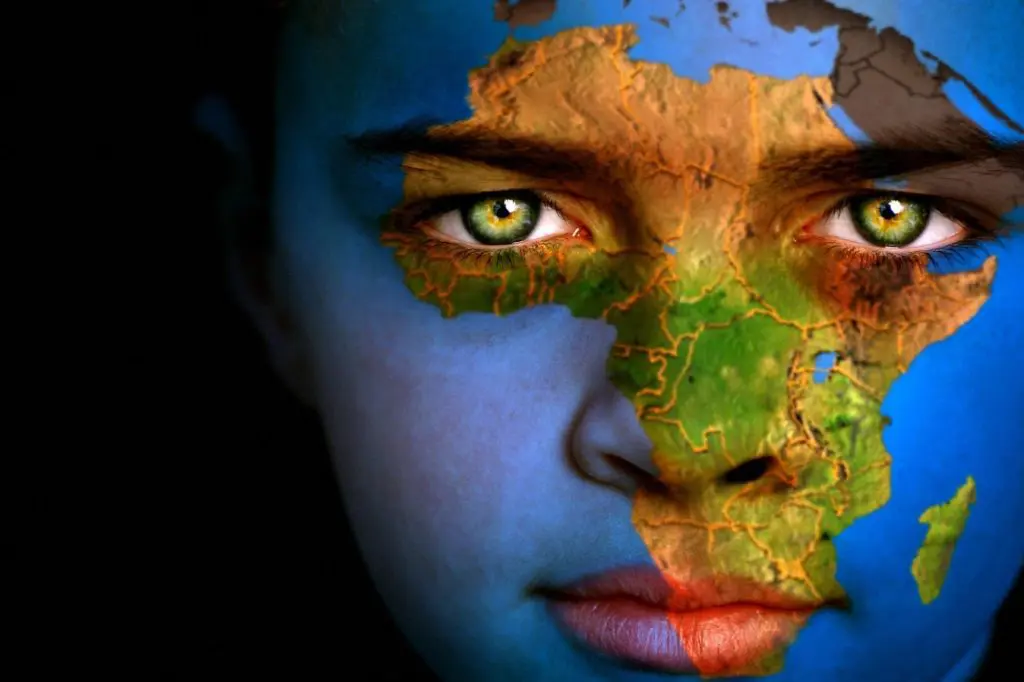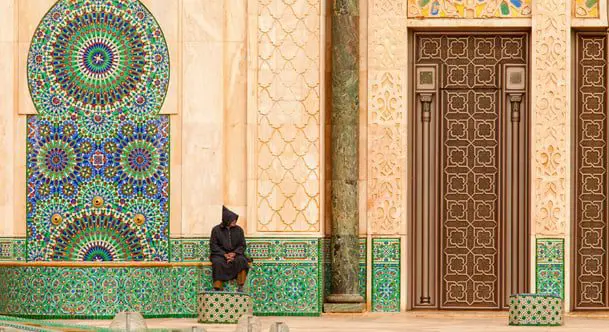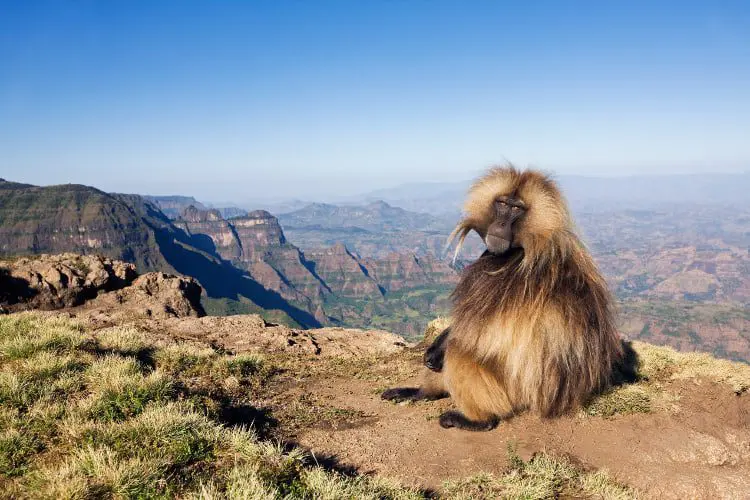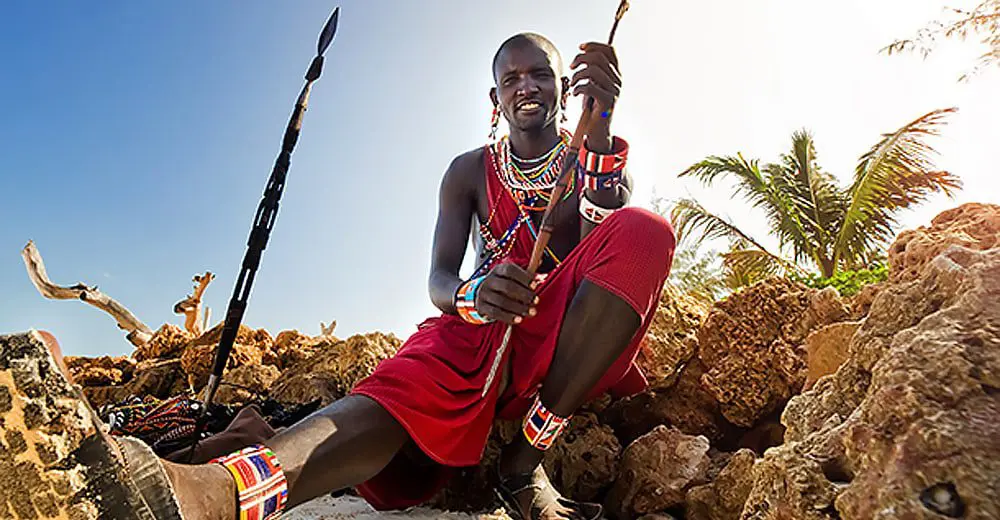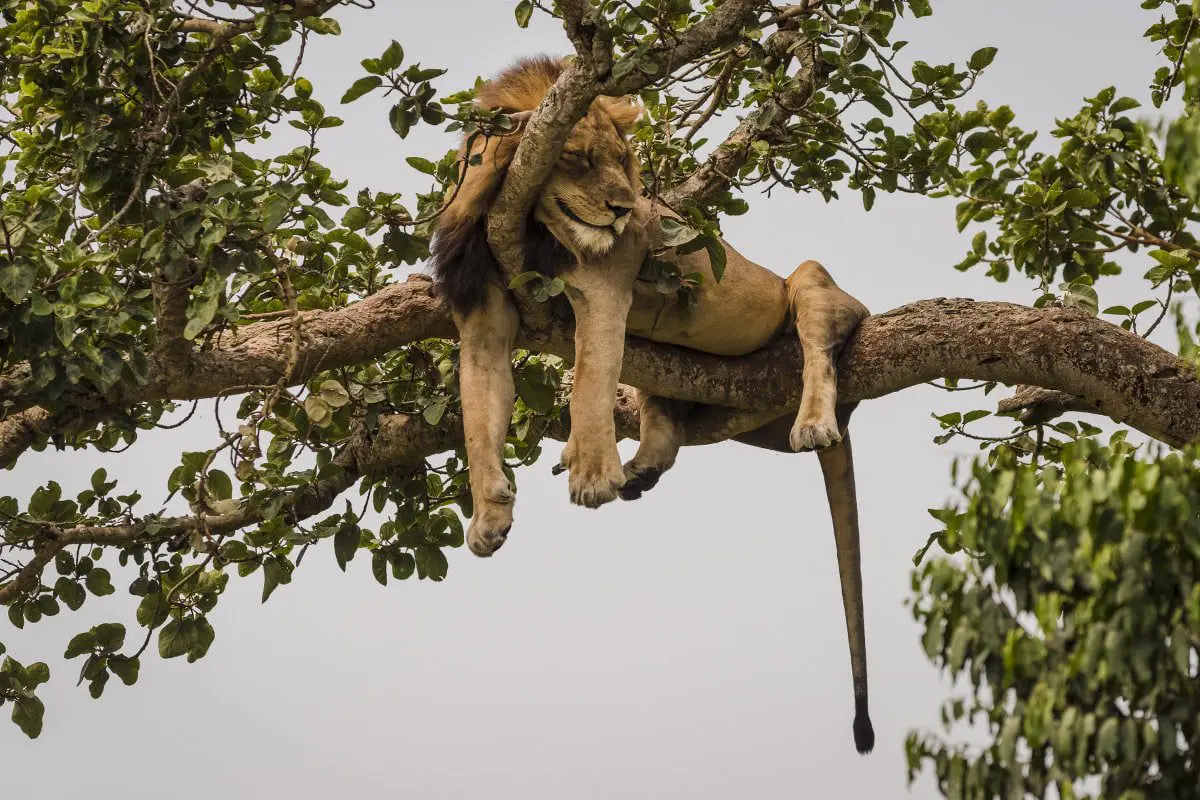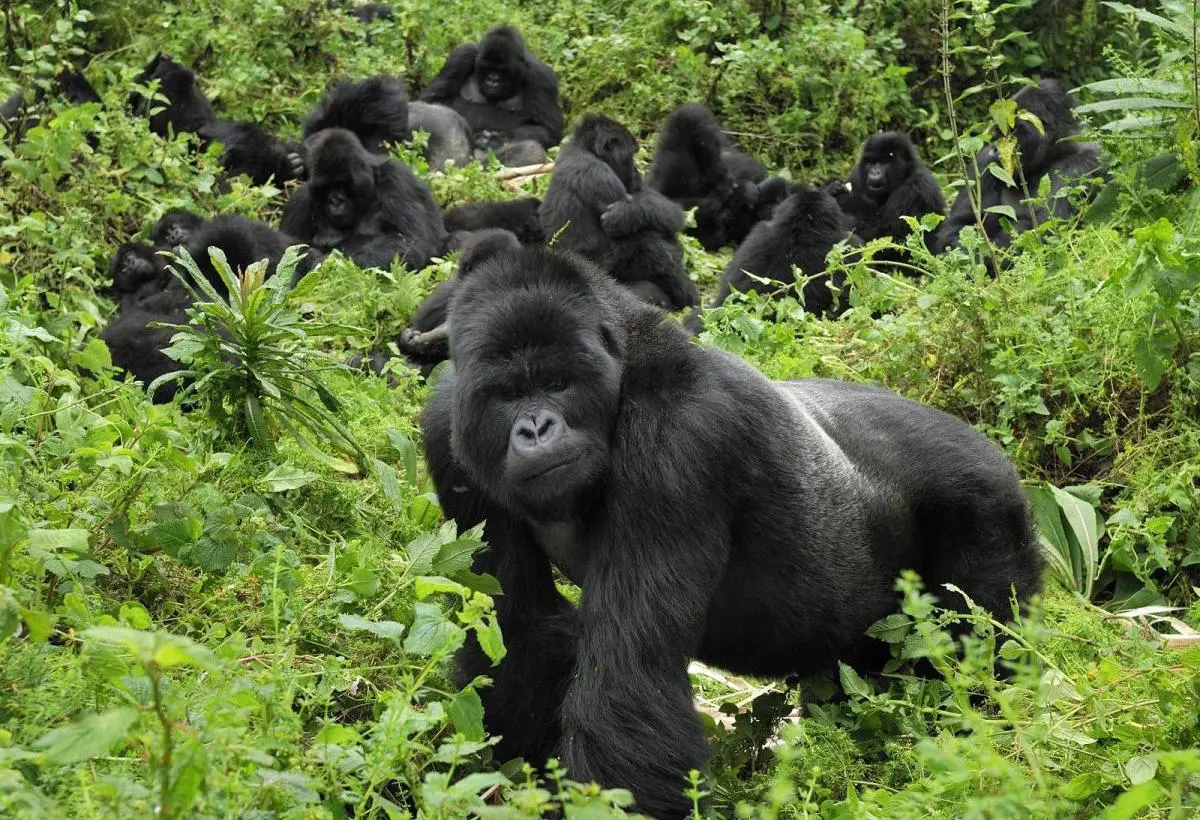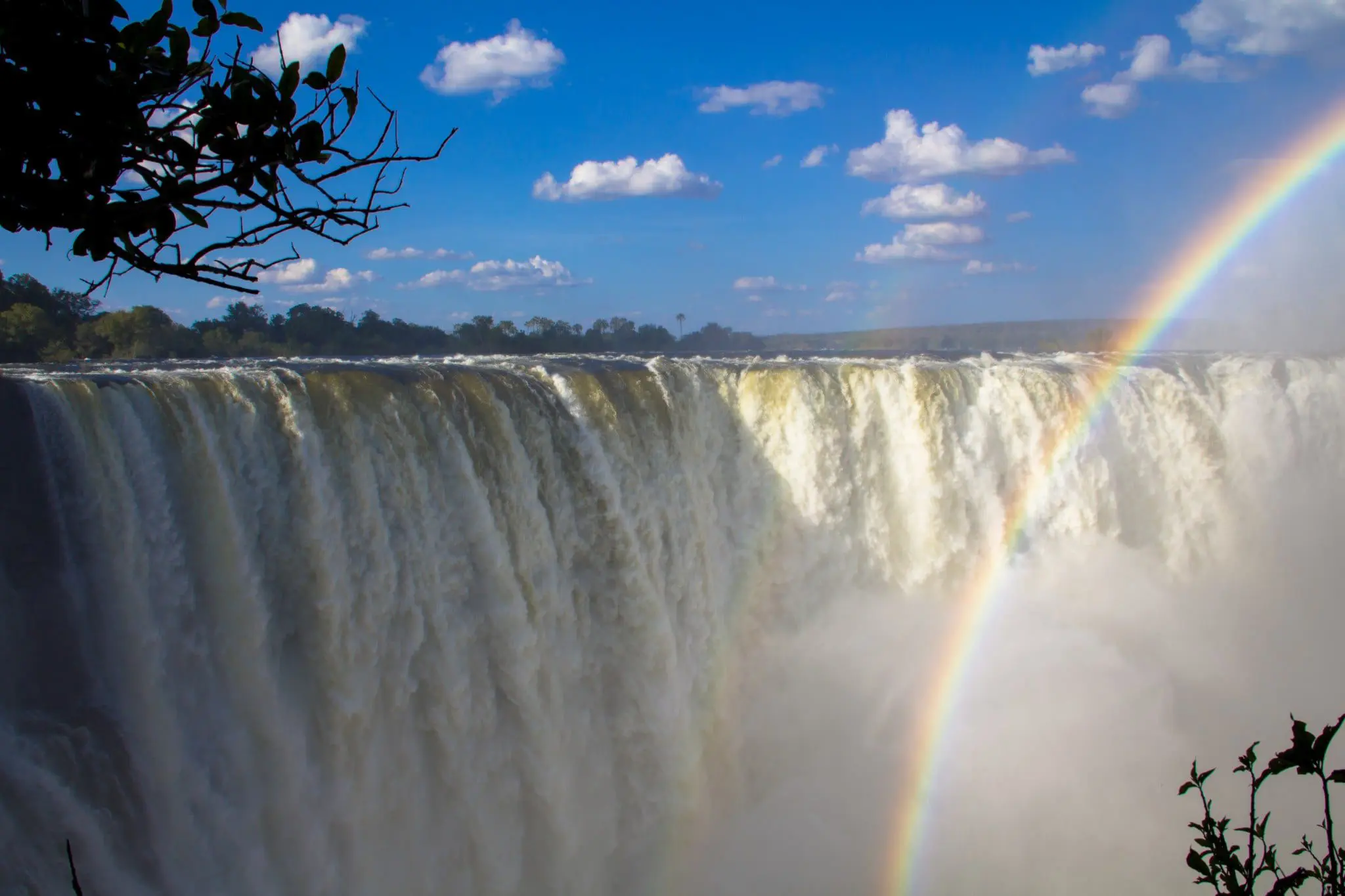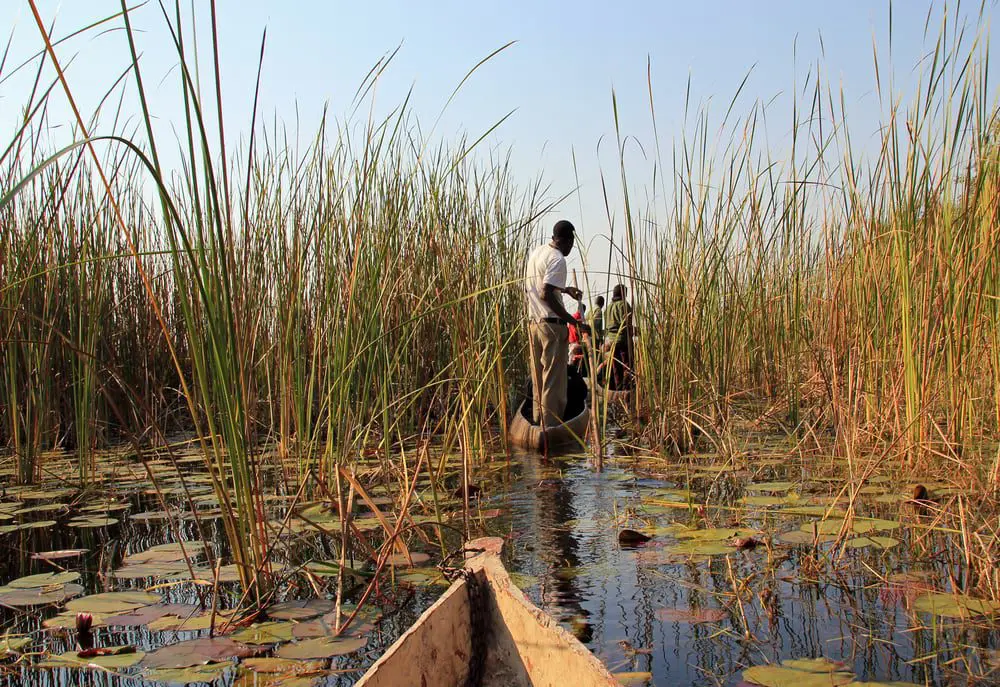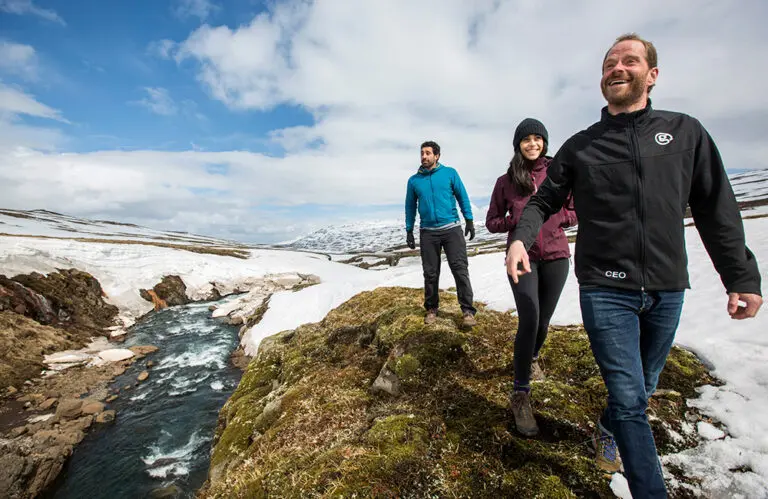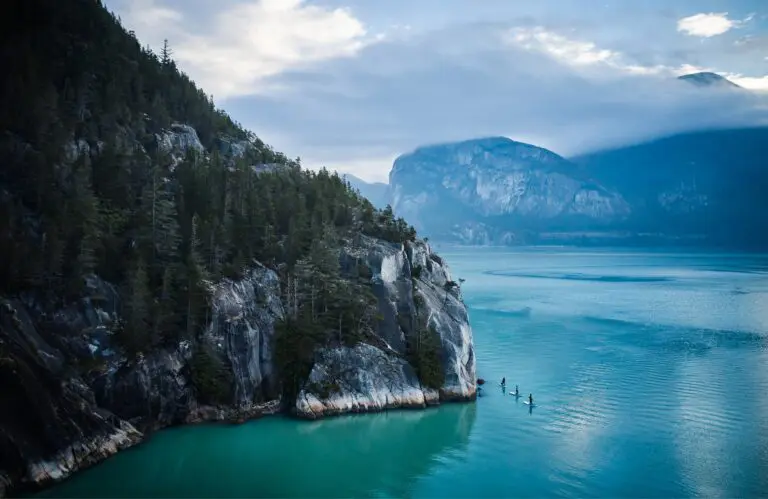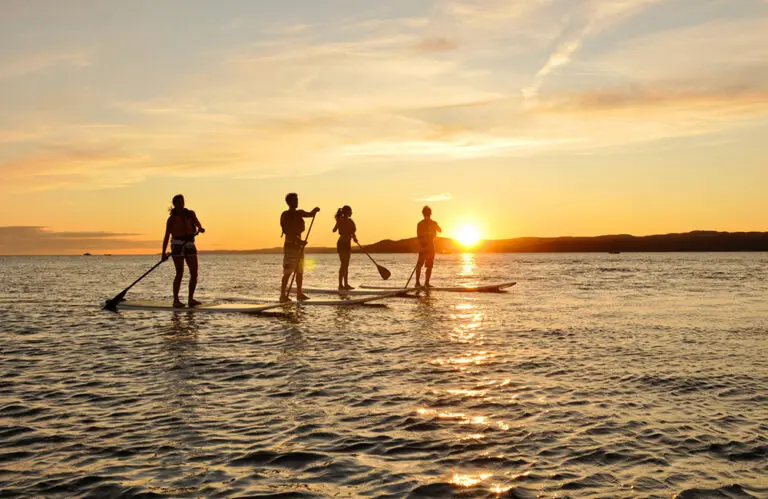Mention Africa and images of vast plains scattered with roaming wild animals come to mind, backed by the familiar voice of Sir David Attenborough of course.
Africa is the world’s second-largest continent, at about 30.3 million km² including adjacent islands, it covers six percent of Earth’s total surface area and 20.4 percent of its total land area.
From North to South, East to West, the continent varies dramatically, across the 54 fully recognized sovereign states (countries), nine territories and two de facto independent states with limited or no recognition.
That is a lot of space to get confused with when planning a trip there. Generally, a trip to Africa will be a once in a lifetime experience. Whether it be to see your favourite animal in the wild, to marvel at the great migration herd through the Serengeti or to jump with the Masaai in the Mara, Africa serves up more unique experiences than you can imagine.
Having travelled to Africa 11 times, KarryOn travel writer Kate is here to take the guess work out of where to go in Africa and when with this easy to use guide. While not all countries are included, she has picked out some of the best.
The North
Egypt
Camels, Pyramids and historical delights
Egypt could be called the oldest tourist destination on earth. Ancient Greeks and Romans started the trend, coming to see the cyclopean scale of the Pyramids and the Colossi of Thebes. Here you will find an ancient world to explore, from pharaohs and pyramids to cruises down the Nile River.
When to go: Egypt’s traditional tourist season runs from late November to late February.
Morocco
Camels, Culinary and Culture
Although just an hour’s ride on the ferry from Spain, Morocco in Africa’s North couldn’t feel further from Europe, with a culture – Islamic and deeply traditional – that is almost wholly unfamiliar. Tick off a camel safari in Sahara, surf mean right handers on the Atlantic Coast, and summit North Africa’s highest peak – and don’t get us started on the food! Morocco has the power to grip you firmly in its spell and one week can easily turn into three or four.
When to go: If you struggle with heat then avoid the summer months of July and August and go Spring, around April and May. Winter can be perfect by day in the south, though desert nights can get very cold – a major consideration if you’re staying in the cheaper hotels, which rarely have heating.
Ethiopia
Churches, unique wildlife and stunning scenery
There is a wide misconception that Ethiopia is nothing but drought and famine and often presumed to be a tract of featureless desert. Reality is, it is one of the wettest, most fertile and most scenically beautiful countries in Africa. From the mysterious ruined palaces of Aksum to the unique wildlife that can be found in Simien Mountains National Park, Ethiopia is more than meets the eye.
When to go: Ethiopia’s peak tourist season, runs from the last week of September to January, with festivals such as Meskel and Timkat being particularly popular. This is also a great time to visit weather-wise, with pleasant temperatures, blue skies and low rainfall in most parts of the country.
The East
Kenya
Tribal culture, National Parks and Beaches
Kenya’s world-famous national parks, tribal peoples and superb beaches lend the country an exotic image with magnetic appeal. People will travel to Kenya to enjoy beach areas like Lamu and Watamu, experience the lives of the Masaai Mara in their traditional village, marvel at the wildlife in the various National Parks and so much more.
When to go: Dry season is December–January and July–August, which is popular greater visibility of wildlife as animals are concentrated along the diminishing watercourses. July to September is probably the best period, overall, for game-viewing, with early September almost certain to coincide with the annual wildebeest migration in the Maasai Mara.
Uganda
Primates, Lakes and Lions in trees
Known as the Pearl of Africa, Uganda is coming of age in the modern world and becoming a tourism hotspot for Africa. Best known for its mountain gorillas and primates, Uganda also has a number of other special wildlife offerings. The famous tree climbing lions of Ishasha are a highlight and for the bird watchers, the prehistoric looking shoebill. Beyond the wildlife, Uganda offers stunning scenery including Lake Victoria, Queen Elizabeth National Park and the famous source of the Nile River (just watch out for those rapids).
When to go: The best wildlife-viewing months in Uganda are during the dry seasons from June to August and December to February.
Rwanda
Gorillas, Food and City Sights
Rwanda has long moved on from its violent past where it was well known for the brutal genocide more than two decades ago and is emerging as a desired place to visit. Gorillas in the Mist made famous the gorilla trekking in Rwanda, however there is so much wildlife on offer here, with the bonus of less tourists. The capital city, Kigali is fast developing and a booming food scene is tempting travellers to have a taste of this African country.
When to go: From June to mid-September is the long dry season and is generally the best time to visit. October to November is a shorter rainy season and it’s followed by a short dry season from December to February.
The South
South Africa
South Africa is as diverse as it is large. it varies from the picturesque Garden Route towns of the Western Cape to the raw subtropical coast of northern KwaZulu-Natal, with the vast Karoo semi-desert across its heart and one of Africa’s premier safari destinations, Kruger National Park, in the northeast
When to go: South Africa is very similar to Australian weather and seasons, but when it does get cold you feel it. It has been known to snow in Johannesburg in winter, and those morning game drives get chilly so be prepared. Winter months makes it harder for game viewing as the vegetation is denser. The best times to visit are April-May and September-October for pleasant temperatures and afternoon storms rarely interfere with the safari.
Zimbabwe
Waterfalls, Rivers and Adventure
Zimbabwe is most popular for its watery delights, most notably bordering Victoria Falls where the Zambezi River plummets over a cliff and into the Boiling Pot before flowing through a series of gorges. Not for the faint hearted, here is the Devil’s Pool, a natural infinity pool on the edge of a sheer drop and other adventure activities like white water rafting and bungee jumping. The surrounding Zambezi National Park with the Zambezi Rover also offers amazing wildlife viewing, particularly the white rhinos, crocodiles and elephants.
When to go: With mild temperatures, virtually no rain and a low malaria risk, the dry May to October winter season is generally seen as the best time to visit Zimbabwe for game-viewing, although note that September and October are extremely hot and dry months.
Botswana
Wildlife, Wetlands and more Wilderness
The land locked country of Botswana has a landscape defined by the Kalahari Desert and the Okavango Delta, which becomes a lush animal habitat during the seasonal floods. The massive Central Kalahari Game Reserve, with its fossilized river valleys and undulating grasslands, is a spectacle itself to witness. Chasing the Big 5 in Botswana will ultimately lead you to the Okavango Delta, Moremi and Chobe National Park.
When to go:. The best time to visit them is from May to September, during the Dry season and winter, resulting in more moderate temperatures. In addition, the Okavango is flooded from June to October.


